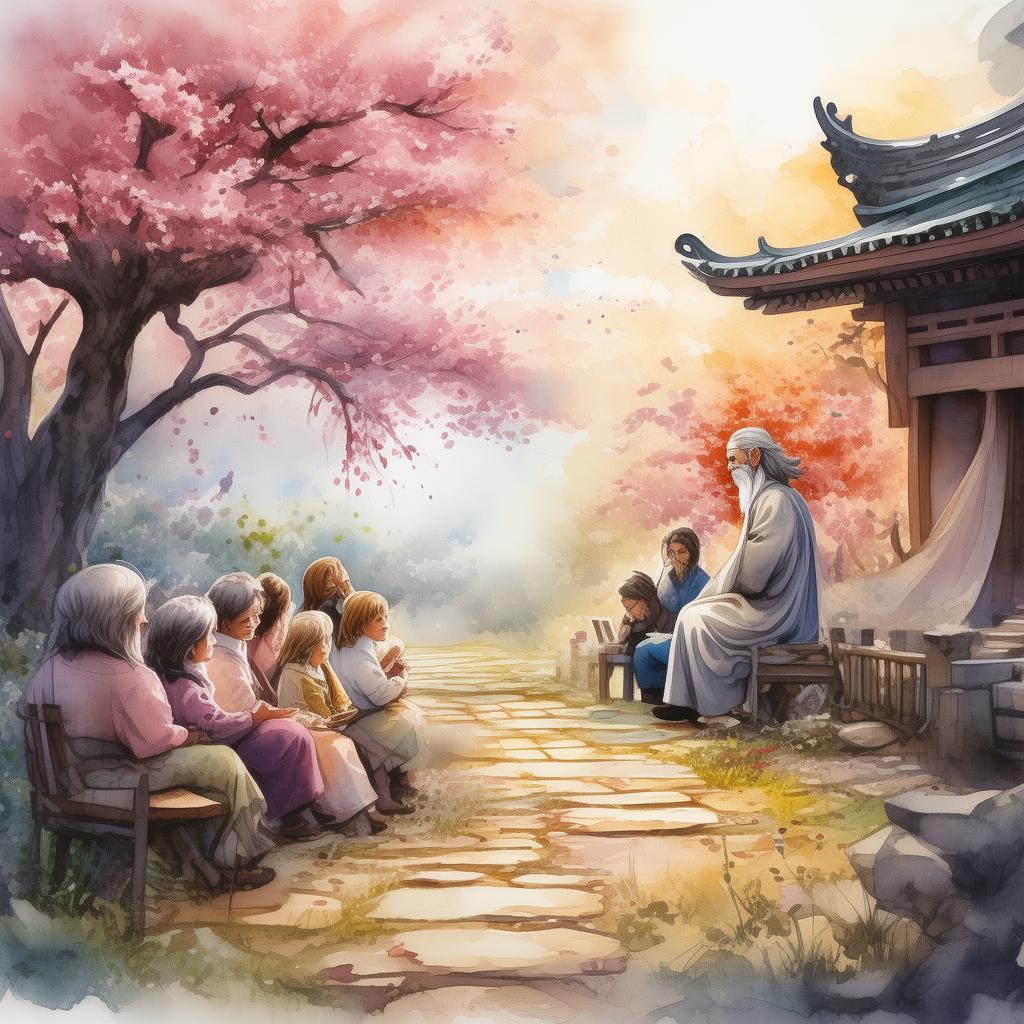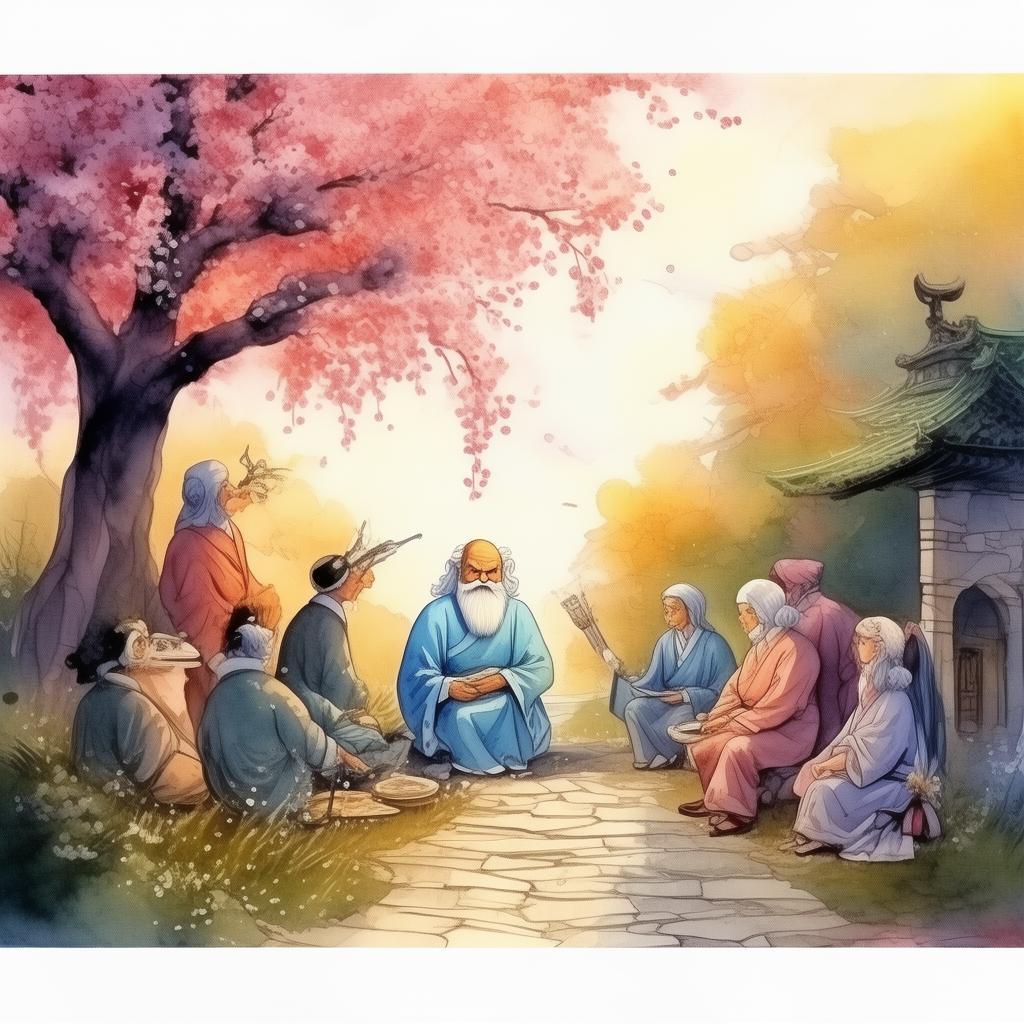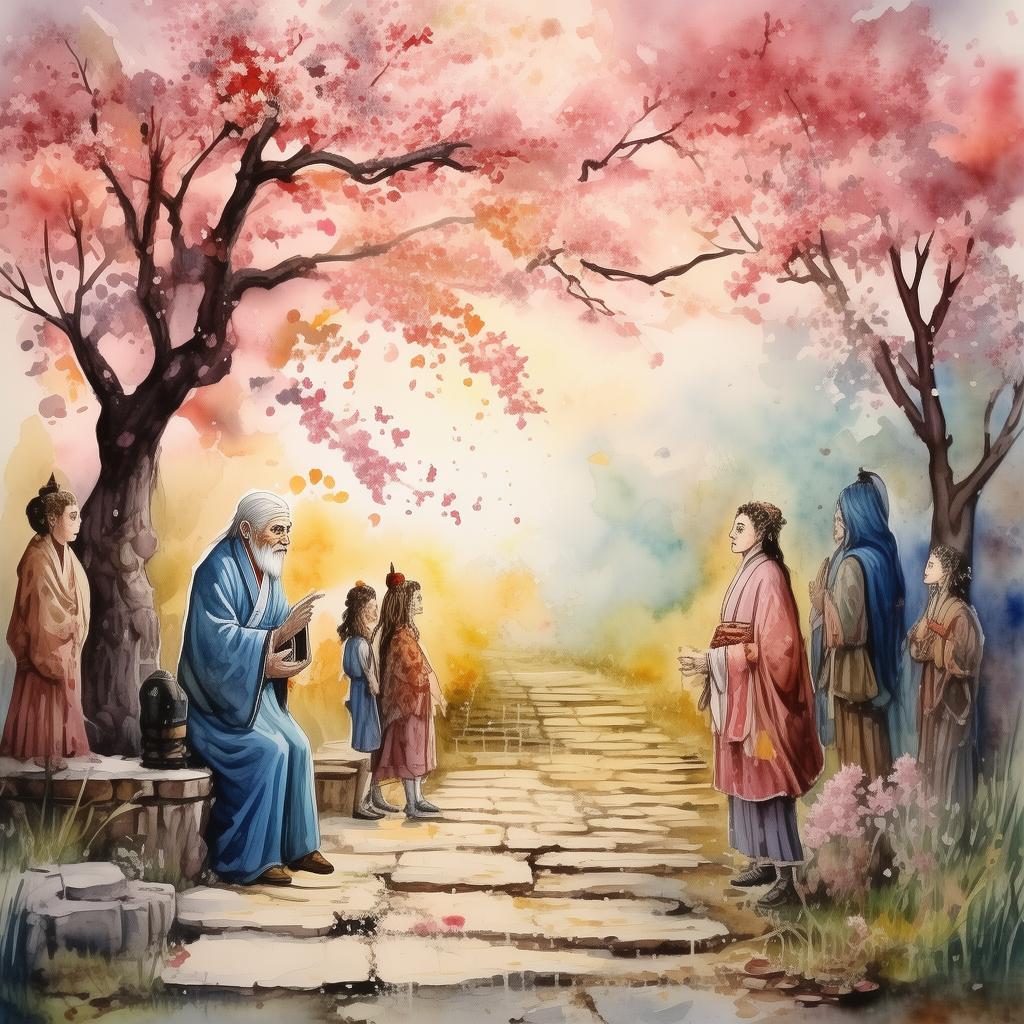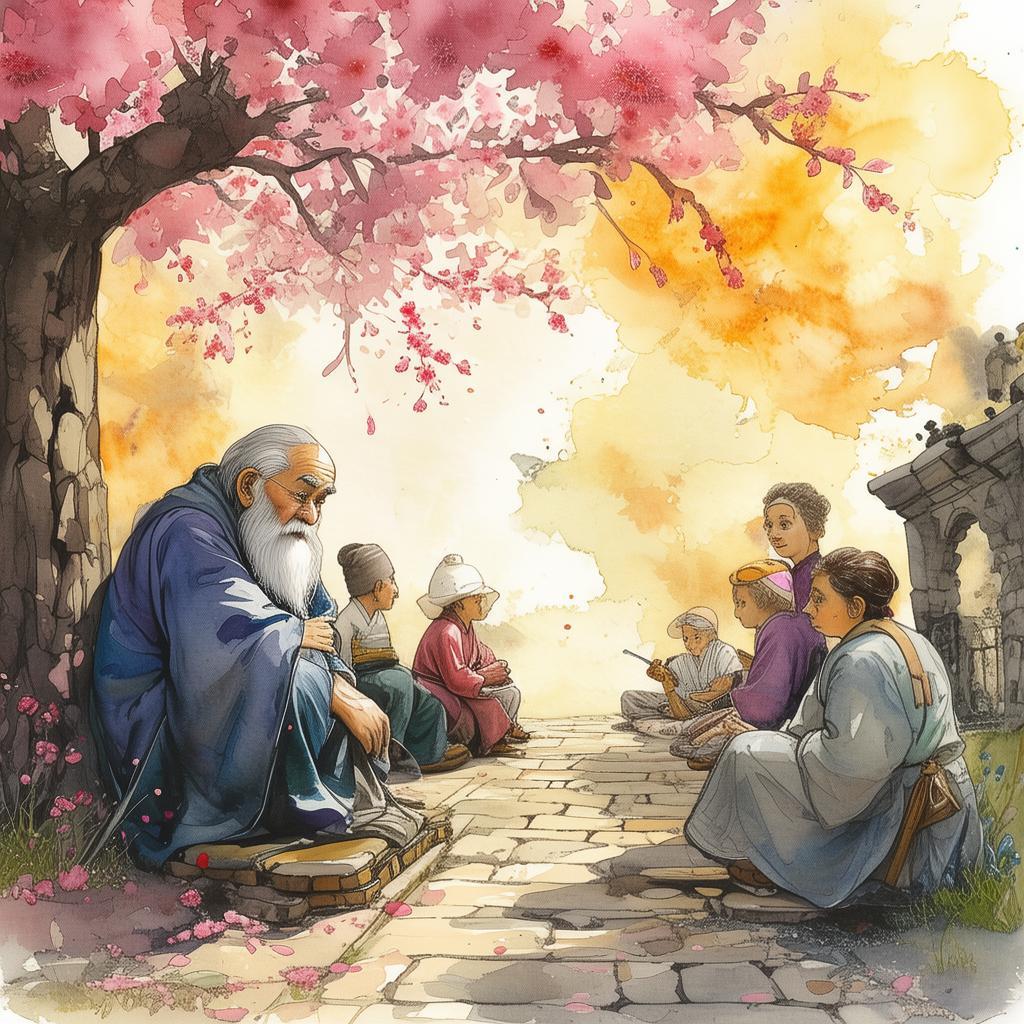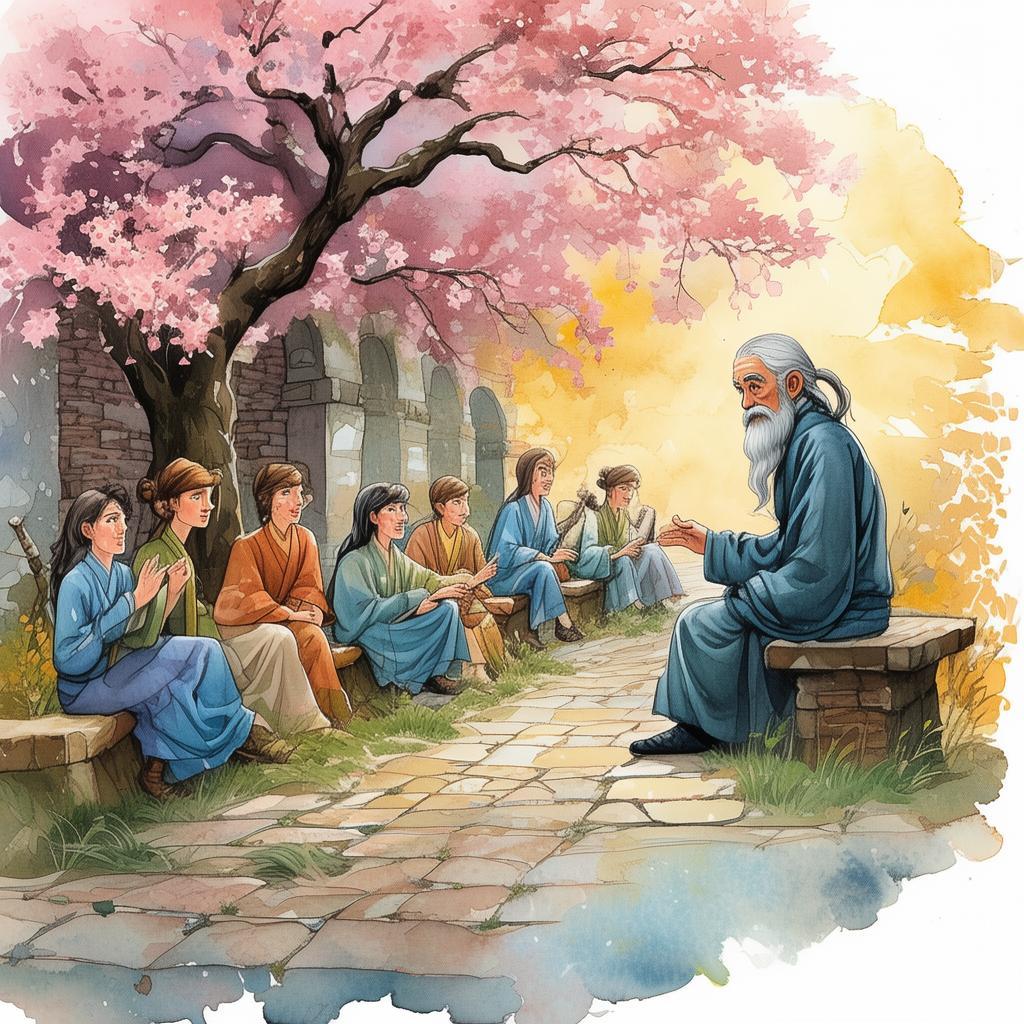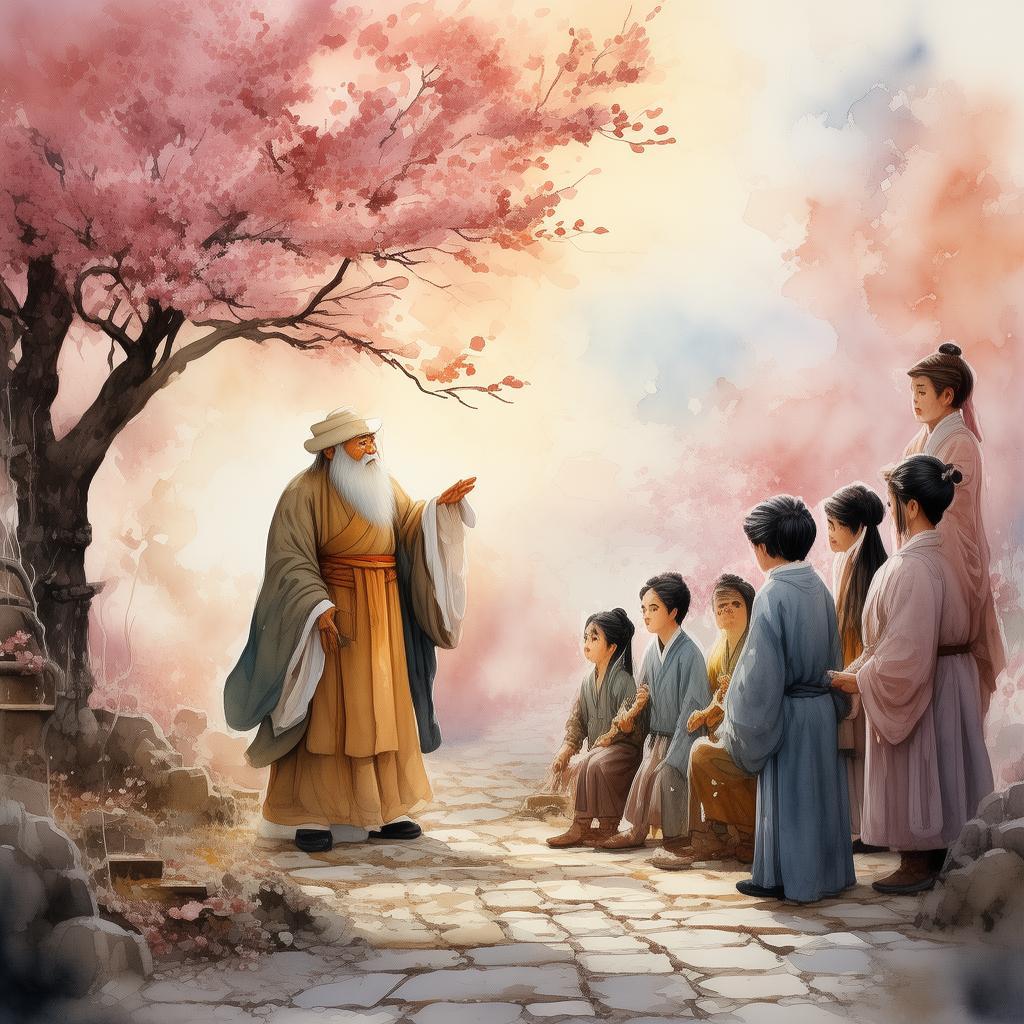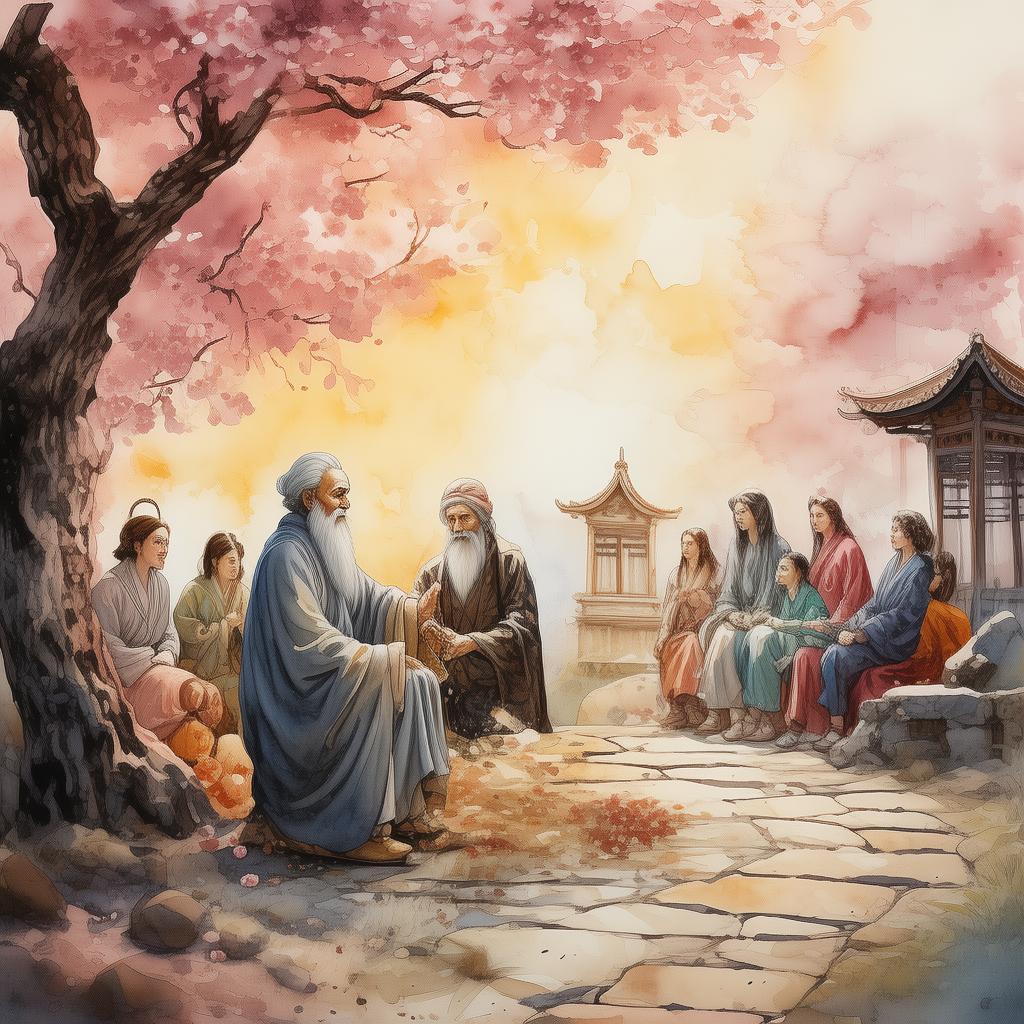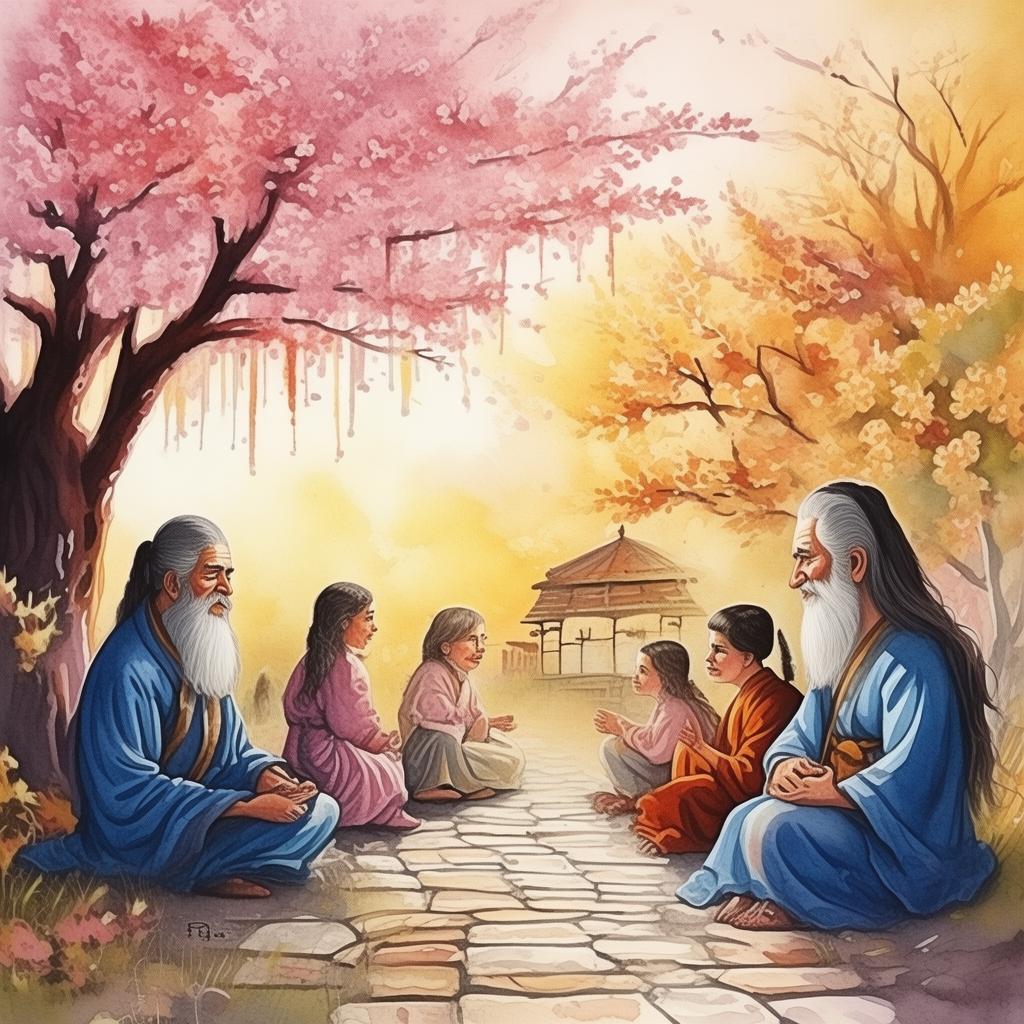The Infinite Cycle: The Biologist's Tale of the Ecosystem's Harmony
In the heart of the lush, verdant Amazon rainforest, there lived a biologist named Dr. Elena Vargas. Her life was a tapestry woven from the threads of curiosity, dedication, and a deep, abiding love for the natural world. Her latest research project was to study the intricate web of life within an isolated ecosystem, a place untouched by human hands, a place where the cycle of life was as infinite as the stars in the night sky.
Dr. Vargas had spent weeks hiking through the dense foliage, her eyes and mind constantly scanning for signs of life. She had observed countless species, each playing a unique role in the grand tapestry of the ecosystem. Birds flitted from tree to tree, their songs a symphony of nature's music. Monkeys swung from branch to branch, their playful antics a testament to the joy of living. The air was thick with the scent of blooming flowers and the distant calls of nocturnal creatures.
One day, while exploring a secluded glade, Dr. Vargas stumbled upon a small, clear pond. The water was still and crystal clear, reflecting the vibrant colors of the surrounding flora. She knelt by the pond, her eyes drawn to the myriad of creatures that called it home. There were tiny fish darting in and out of the water, their scales shimmering like jewels. Dragonflies buzzed around, their wings a blur of motion. Even the smallest of creatures, like water striders, seemed to move with a grace that belied their diminutive size.
As she watched, Dr. Vargas noticed something extraordinary. The fish were not just swimming aimlessly; they were actively seeking out the dragonflies. The dragonflies, in turn, were being pursued by birds. The birds, however, were not hunting the dragonflies; they were merely chasing them away from their nests. The dragonflies, in their turn, were being eaten by frogs that had been waiting patiently in the tall grasses around the pond.
Dr. Vargas realized that this was a delicate balance, a cycle of life that was as intricate as it was essential. The dragonflies kept the fish population in check, the frogs kept the dragonfly population in check, and the birds kept the frog population in check. This was the ecosystem's way of maintaining harmony, of ensuring that no one species became too dominant.
As she continued her observations, Dr. Vargas noticed other cycles at play. The leaves of the trees were being eaten by insects, which in turn were eaten by birds. The fallen leaves decomposed, enriching the soil and providing nutrients for the plants. The plants, in turn, provided shelter and food for the animals. It was a never-ending cycle, a dance of life that was as old as the earth itself.
Dr. Vargas spent days and nights by the pond, her eyes never leaving the delicate balance of the ecosystem. She began to understand that this was not just a cycle of life; it was a cycle of cooperation. Each species played its part, and each part was essential. The ecosystem was a living organism, a complex entity that was greater than the sum of its parts.
One evening, as the sun dipped below the horizon, casting long shadows across the glade, Dr. Vargas sat by the pond, her mind racing with thoughts. She realized that this ecosystem was a microcosm of the entire planet. The same principles of cooperation and balance applied to the entire world. If one species became too dominant, the entire ecosystem would suffer.

As she sat there, the thought occurred to her: humanity was a part of this ecosystem, and we too needed to play our part. We needed to learn from the lessons of the ecosystem, to understand that our survival was inextricably linked to the survival of all other living beings.
Dr. Vargas stood up, her heart filled with a profound sense of purpose. She knew that her research had only just begun. There was so much more to learn, so much more to understand. But she also knew that the knowledge she gained would be invaluable, not just for her, but for the entire world.
The next day, Dr. Vargas returned to the pond. She watched as the cycle of life continued, as the fish swam, the dragonflies buzzed, and the frogs hopped. She smiled, knowing that she had discovered something truly remarkable. The ecosystem was not just a collection of living things; it was a living, breathing entity, a testament to the infinite cycle of life.
And so, Dr. Elena Vargas, the biologist who had once been lost in the vastness of the Amazon rainforest, found her place within the infinite cycle of the ecosystem. She knew that her journey was far from over, but she also knew that she had found her calling. She would continue to study and protect the natural world, ensuring that the infinite cycle of life would continue for generations to come.
✨ Original Statement ✨
All articles published on this website (including but not limited to text, images, videos, and other content) are original or authorized for reposting and are protected by relevant laws. Without the explicit written permission of this website, no individual or organization may copy, modify, repost, or use the content for commercial purposes.
If you need to quote or cooperate, please contact this site for authorization. We reserve the right to pursue legal responsibility for any unauthorized use.
Hereby declared.

